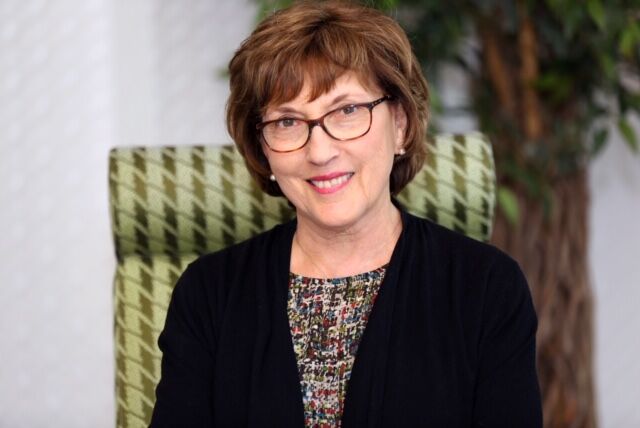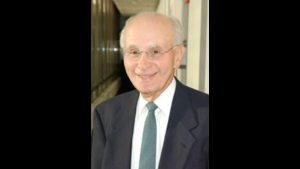D’var Torah: Our legacy of words connects each of us to the Divine
Published November 10, 2022
I offer a teaching by Rabbi and scholar Arthur Green about the Jewish artistry for words in his introduction to the Zohar. Based on an understanding of the Second Commandment (no graven images), Jewish creativity was channeled into words. While others were creating stained glass windows, sculptures, icons, and illuminated manuscripts, Judaism was creating a lasting legacy of words, and their chronologies are a vehicle for Jewish time travel.
The Book of Genesis opens with one such word, B’resheit – In the beginning. Early commentators focused whether there were multiple beginnings. They debated whether the world was created out of nothing or something. The mystical Sefer Yetzirah-Book of Formation imagined the world made manifest from a primordial Torah with letters of black fire upon a background of white fire, one long sustained encoding of the Divine Names with no spaces between letters. The Torah given to Moses at Sinai was given by way of words which makes explicit the Torah and the commandments.
Vayera is another legacy word from the Hebrew root for seeing. The portion opens with the verse, God was revealed to him (Abraham) in the terebinths of Mamre while he was sitting at the entrance of his tent in the heat of the day.Many translations use the word appeared rather than was revealed. Is there a difference?
ADVERTISEMENT
Scattered throughout Jewish commentaries are descriptions of the Divine. In response to what occurred at Sinai, Rabbi Levi said: In many images God appeared to them. To one he appeared standing, to another, seated. To one as an old man; to another a youth. How is this possible? At the Sea of Reeds, God’s appearance was that of a young warrior because battle is only appropriate for the young. At Sinai, God appeared as an elder. Why? For it is written that wisdom is with the aged and length of days is understanding.
Appearances do matter and they influence our perceptions. Appearance is not considered a synonym for the word reveal. The phrase was revealed implies a new disclosure often through divine inspiration. What, the tradition asks, is Abraham seeing? What aspect of the Divine Presence is revealed? In the liturgy we read – God of Abraham, God of Isaac, God of Jacob. Thus far in Torah, Abraham’s God is referred to as El Shaddai commonly translated as the Almighty. A more literal translation is a God with breasts – a nurturing and sustaining source of trust.
The next several verses in the portion tells us that Abraham lifted his eyes, sawand perceived something about three men or messengers walking toward him. That image mobilized him to be a blessing, mirroring the Divine seal as a nurturing and sustaining source kindness to strangers.
ADVERTISEMENT
Last week, Avram hears God saying: Do not be fearful; My full Presence is a shield for you. The shield of Abraham may afford protection from many dangers, but not from the self. The Jewish biblical story begins with an Avram who is neither parent nor patriarch being asked to take a risk and carve out a new destiny, to become Abraham.
The Chasidic Rebbe Avraham Dov of Avrush believed that Abraham was so attuned that he recognized the Divine in his very self. That is why it says, And God was revealed to him,” with and within him. Within his own body and self, there was Godliness. What he experienced at the entrance of his tent was self-revelatory and transformative. Rabbi Menachem of Chernobyl taught – “a person must perform a spiritual circumcision, alongside the physical one; the foreskin of the heart must be removed in order to reveal the holy life that dwells within. It is known that the covenant of Torah is in the heart, as Scripture says: “Write them upon the tablets of your heart.”
In following the legacy of words, we become witnesses to an eternal mandate to celebrate our own visions of how we are connected to the Divine Countenance. The God of Abraham comes to us through a quest to understand what it means to find one’s self and to find within one’s self the directives to become a person of worth, a blessing in action; a person able to carry deep within the recesses of the human heart not just the People of Israel, but all the families of the earth.
Rabbi Dale Schreiber is a mostly retired Board-Certified Chaplain who enjoys making and spending time with her husband of 52 years and their children and grandchildren who all live out of town. Rabbi Schreiber is a member of the St. Louis Rabbinical and Cantorial Association, which coordinates the d’var Torah for the Jewish Light.
















